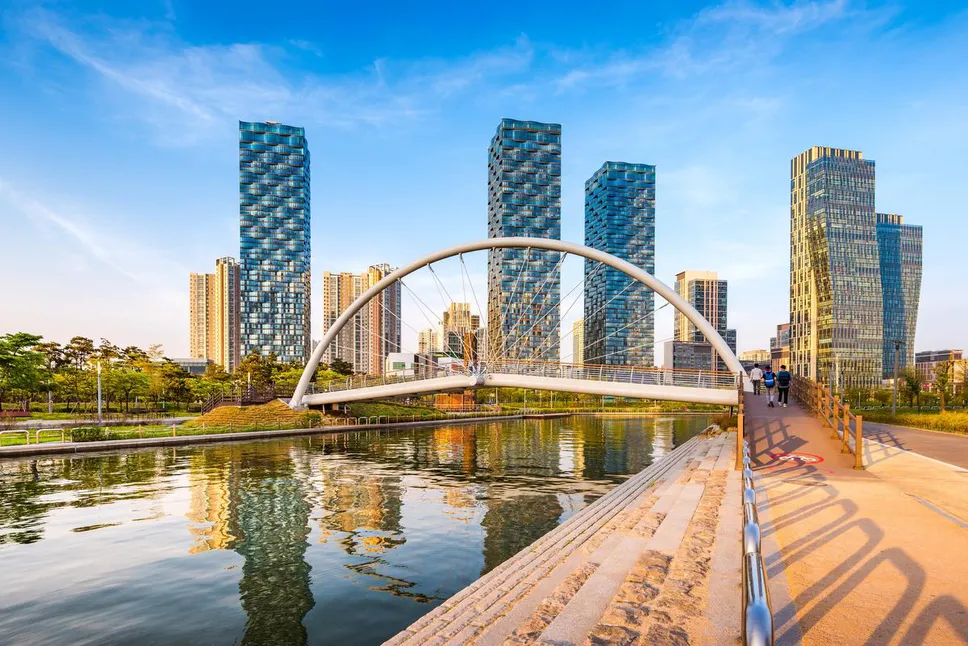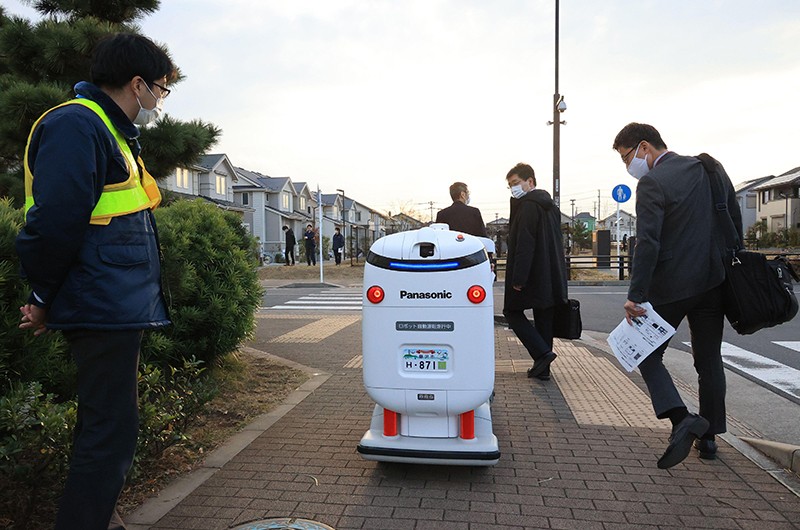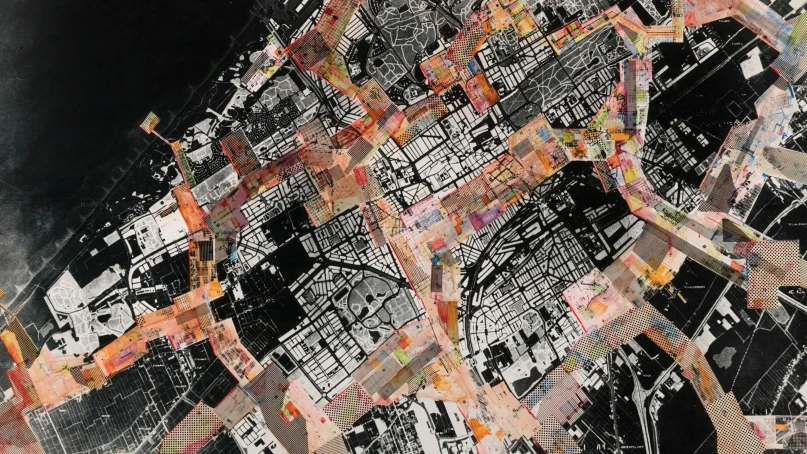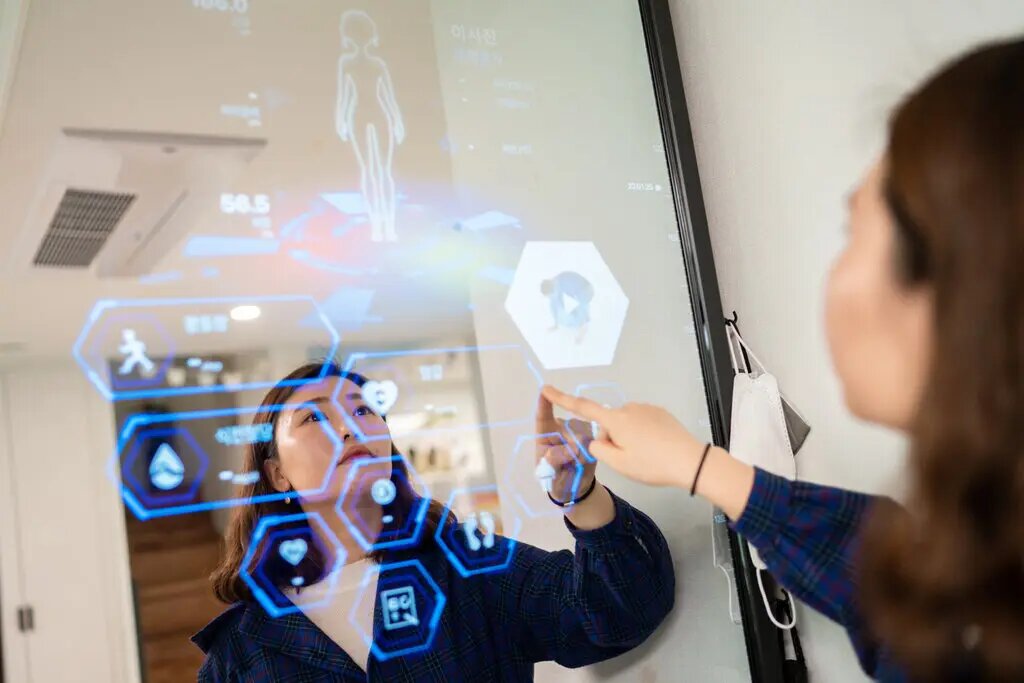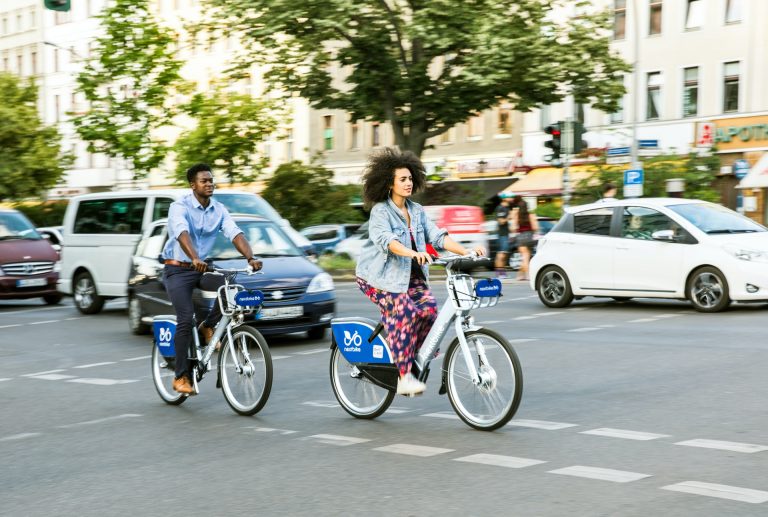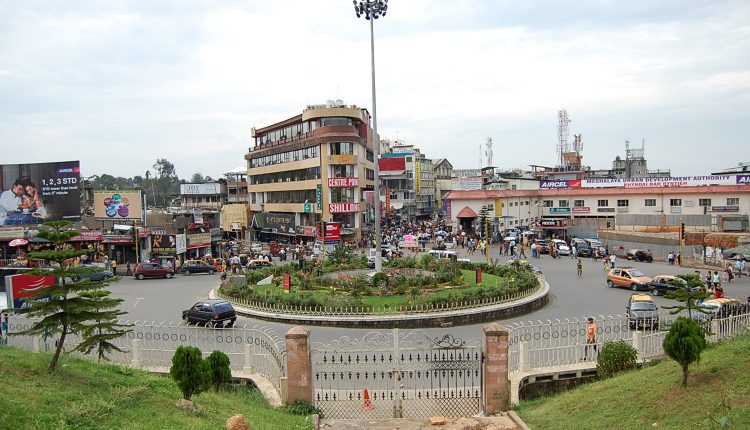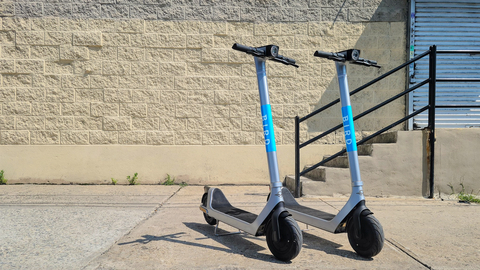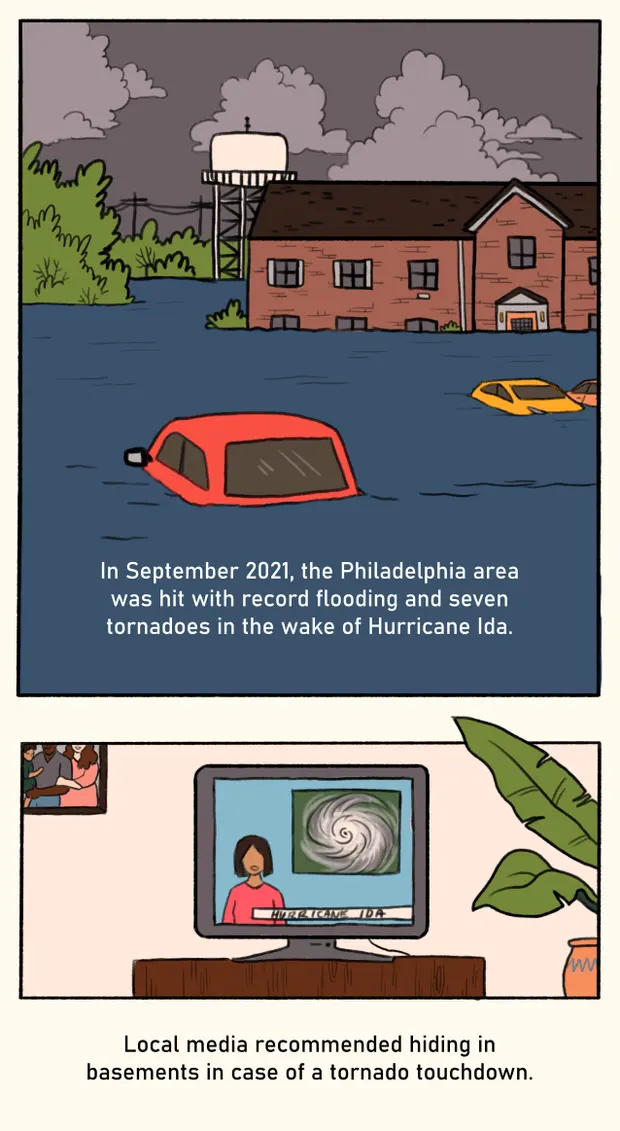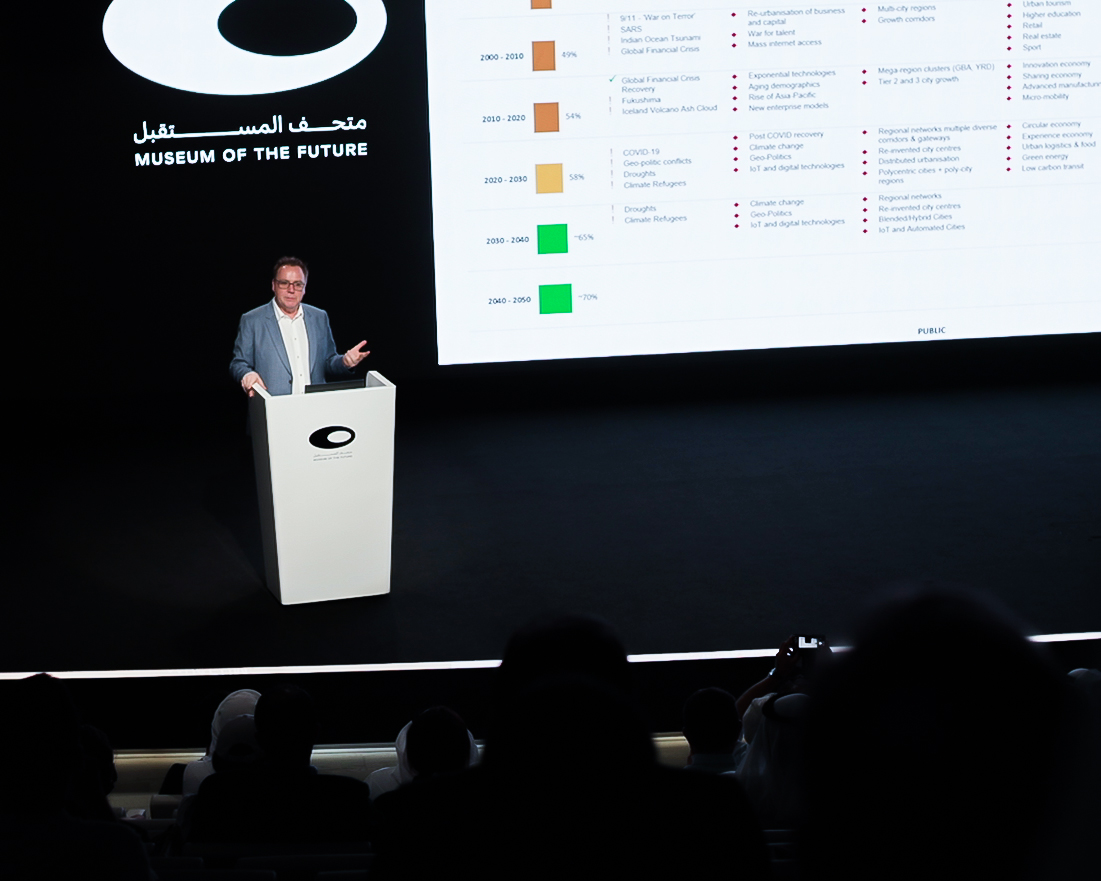
Cities, and the people who live in cities, have been through a lot over the past year, with the health impacts of the pandemic and the economic fallout taking center stage. With such a singular focus on supporting community members, ongoing operations and ultimately recovery, the focus on smart city technologies has likewise shifted.
Gone are the days when wholesale, citywide solutions were convincing models — as reflected by the corporate retrenchment in smart city technologies. Instead, the focus has shifted to targeted programming, offering solutions on energy, mobility, infrastructure and other core smart city priorities.
The COVID-19 pandemic has affected every facet of government operations and output over the past year. In particular, the pandemic upended city budgets and plunged the revenue of many local governments into uncertainty. As a result, governments have reconsidered their smart city initiatives, with global numbers for smart city projects dropping enormously in the past year.
As cities now begin to shift into recovery mode, it will be critical for city officials to be intentional in their decision-making processes for smart city technology. Therefore, doubling down on core efforts — and the technological underpinnings to support them — that broadly impact people in cities will be crucial in the years ahead.
+INFO: StateTech




